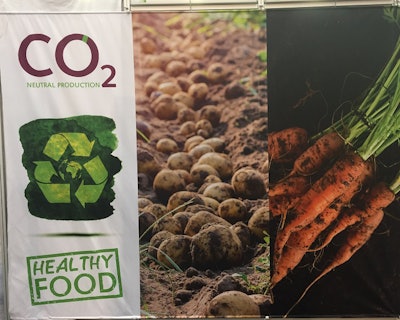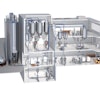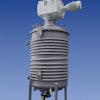
Pet food producers may need to adopt novel pet food proteins as adaptions to economic and ecosystemic changes. High-meat and human-grade marketing claims grew in popularity over the past few decades, but researchers warned that the pet food industry will need to focus on protein sources that don’t compete with human foods, while efficiently using resources and minimizing environmental pollution and habitat loss.
“I think there's going to be a lot more focus on sustainability as we go forward,” Dr. Heather Acuff, Heather Acuff, a third-year Ph.D. student at Kansas State University and product development manager for Nulo Pet Food, said on Real Science Exchange, a video series produced by pet food ingredient supplier Balchem. “That doesn't always agree with that family feeding mentality, where we'd have meats that we would find on our own plates, like nicely cut chicken breasts, hand trimmed and grass-fed claims.”
Competition for pet food protein sources
Animal protein sources for pets may become increasingly in demand for human consumptions, as the world’s people population increases in both number and per capita resource use, Dr. Greg Aldrich, pet food program coordinator at Kansas State University, said in the video.
“For those of us on the companion animal side, the pet food side, we're getting squeezed,” he said. “We're going to have to start to embrace a lot different varieties of protein that we use in our companion animal diets. It may be more of a hearken back to vegetable-based proteins, and it may be alternative sources of protein, insect protein, single-cell proteins, microalgae, even some animal protein sources that we may have discarded in the past. We're going to have to get a little bit more open and receptive as consumers to alternative sources of ingredients, rather than being overly humanized. Otherwise we just won't be able to sustain this business.”
Beyond pet food ingredients, Acuff said pet food packaging sustainability matters to consumers now. The products in the bags, the bag itself and the background of both are all aspects of sustainability that informed consumers scrutinize.

















